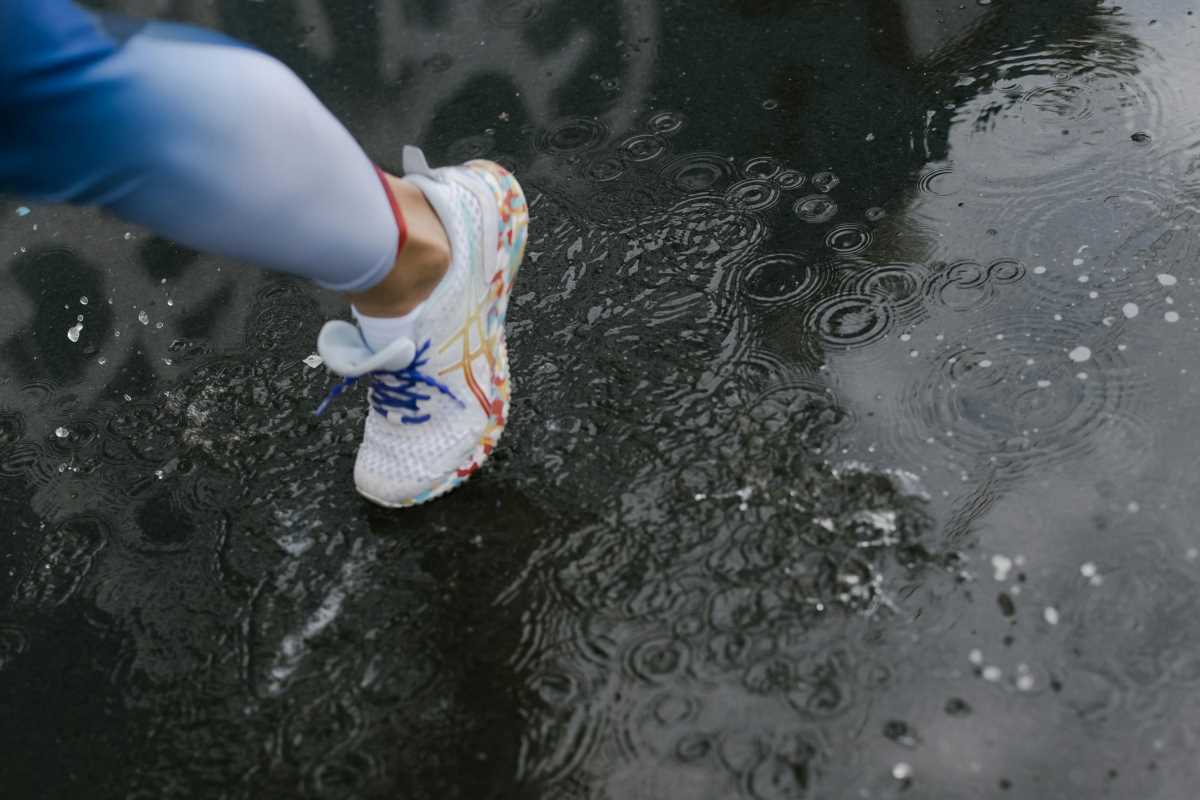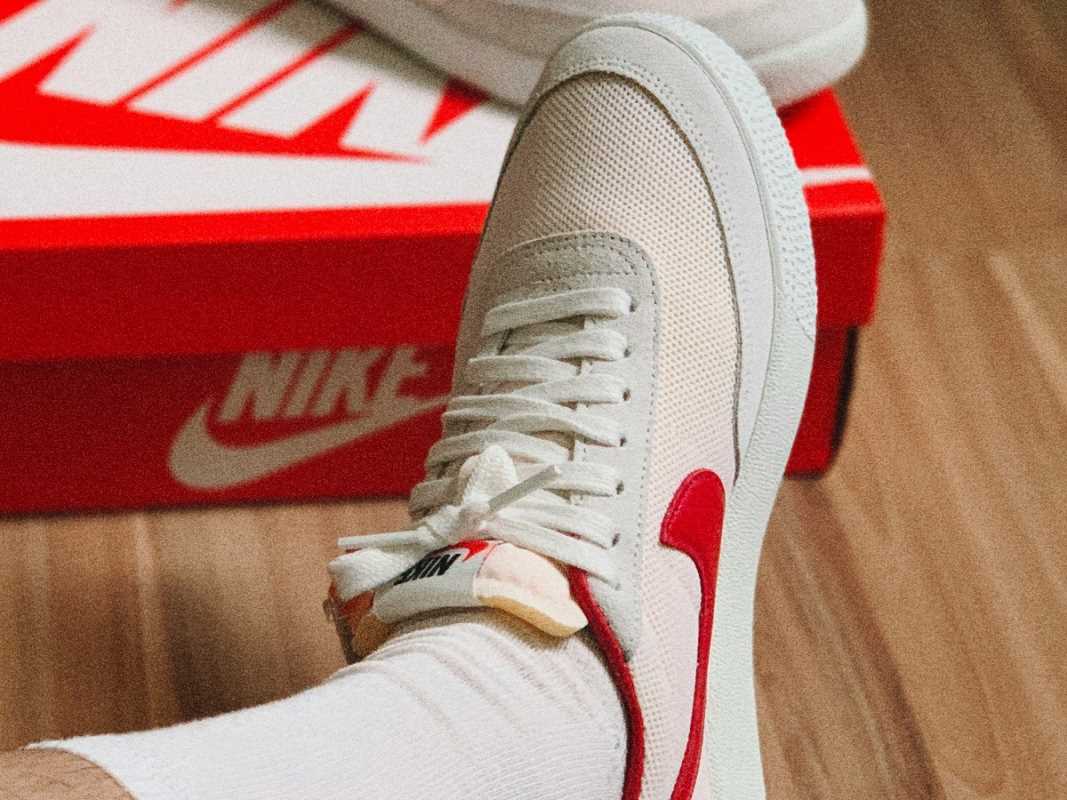Athletes who are focused on excelling and trendsetters keen on making a statement always hunt for clothing that not only boosts their performance but also resonates with their principles. Enter seaweed-based fabrics, a groundbreaking addition that is causing quite a stir in the eco-friendly athletic wear industry. This cutting-edge material stands out for its sustainability and presents a host of advantages designed to cater to the rigorous needs of both active individuals and those who are at the forefront of fashion. With this fabric, they find a perfect blend of functionality and environmental consciousness.
Why Seaweed? The Unique Properties and Benefits
Seaweed-based fabrics have gained popularity for several reasons. Their unique properties make them an excellent choice for athletic wear and trendy fashion pieces alike.
- Moisture-Wicking: These fabrics naturally absorb and release moisture, keeping athletes dry and comfortable during intense workouts.
- Antibacterial Qualities: Seaweed textiles possess natural antibacterial properties, reducing odor and the need for frequent washing.
- Biodegradable: Unlike synthetic fabrics, seaweed-based materials biodegrade, minimizing environmental impact.
- Soft and Stretchable: The fabric feels soft to the touch and offers excellent elasticity, providing a perfect fit for various body types.
- UV Protection: Seaweed fabrics naturally offer UV protection, making them ideal for outdoor activities.
The Impact on Athletic Wear
The integration of seaweed-based fabrics into athletic wear has changed how athletes perform and feel in their gear. These fabrics provide superior comfort and functionality, essential for peak performance. Athletes now access garments that support their movements without compromising on style or sustainability.
Brands utilize the unique properties of seaweed textiles to create innovative designs that cater to both performance needs and aesthetic preferences. This shift enhances athletic performance and sets new trends in activewear fashion.
Environmental Benefits of Seaweed-Based Fabrics
Choosing seaweed-based fabrics goes beyond personal benefits—it positively impacts the environment. Here's how these materials contribute to sustainability:
- Renewable Resource: Seaweed grows rapidly and doesn’t require fertilizers or pesticides, making it a highly renewable resource.
- Carbon Sequestration: Seaweed farms absorb carbon dioxide, helping to mitigate climate change effects.
- Reduced Water Usage: Manufacturing seaweed-based fabrics typically uses less water compared to conventional fabrics like cotton.
- Minimal Waste: The production process generates minimal waste, and the fabrics are fully recyclable or biodegradable.
- Ocean Health: Sustainable seaweed farming practices support marine ecosystems and promote ocean health.
Innovations and Trends in Eco-Friendly Sportsgear
The sportsgear industry witnesses a surge in innovations centered around sustainability. One of the most notable trends is the shift towards plant-based fabrics, including seaweed. These materials incorporate into a variety of sportswear products, from compression wear to outer layers, offering both performance and eco-friendly benefits.
Designers experiment with different blends and finishes to enhance the functionality of seaweed-based fabrics. For instance, integrating moisture management technologies and enhancing durability ensures that the sportsgear meets the rigorous demands of athletes.
Collaborations between fashion designers and environmental scientists pave the way for groundbreaking products that set new standards in the industry. This synergy drives the popularity of eco-friendly sportsgear, making it a staple in both athletic and mainstream fashion markets.
Market Reception and Future Outlook
The market reception of seaweed-based fabrics has been overwhelmingly positive. Consumers increasingly recognize the environmental impact of their clothing choices and seek sustainable alternatives without sacrificing quality or style. This demand fuels the growth of brands that prioritize eco-friendly materials.
As more companies invest in research and development, advancements in seaweed-based textiles continue to improve, offering even more benefits and applications. The future outlook appears promising, with projections indicating a significant increase in the adoption of seaweed fabrics across various segments of the fashion and sportswear industries.
Consumer education and awareness campaigns play a crucial role in promoting the benefits of seaweed-based fabrics. As people become more informed about the positive impacts of these materials, their popularity is expected to rise, leading to broader acceptance and integration into everyday fashion and athletic wear.
Seaweed-based fabrics transform eco-friendly athletic wear by combining performance with sustainability, marking a shift towards responsible fashion. Their rise in popularity enables athletes and trendsetters to make impactful apparel choices.
 (Image via
(Image via





